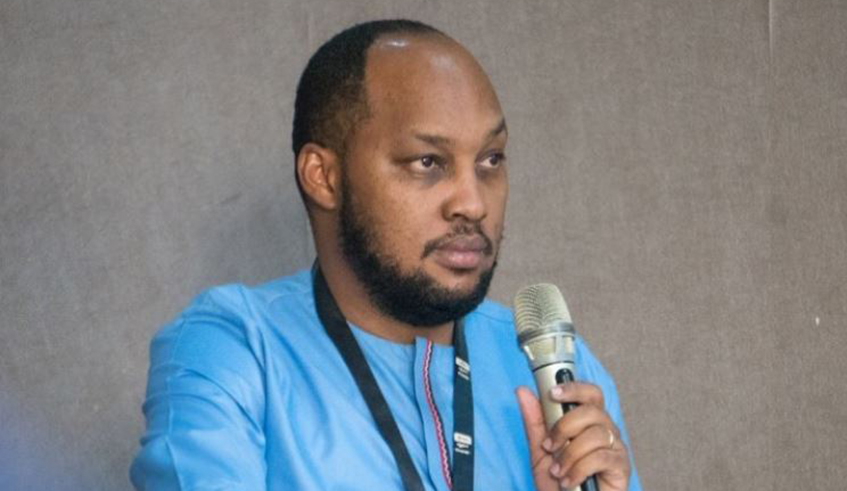

A friend recently posted a picture of his 8-month-old baby on his WhatsApp status with a statement "Rest in Peace.” Having reached out in his inbox to know what had killed his only child, he responded that he knocked him with a car by accident, while reversing to go to work.
He had no idea that his wife had left the baby behind after saying goodbye to him. As he was reversing the car, he felt something soft in between the tyres that he moved out of the car to check what it was, too bad, it was his son.
Unfortunately, the child died while being rushed to the hospital. This is a guilt his father will live with for the rest of his life. The pain is still unbearable.
Many people are battling trauma due to situations experienced in their lives that leave behind mental wounds and scars.
The World Mental Health survey conducted by the World Health Organisation found that at least a third of more than 125,000 people surveyed in 26 different countries had experienced trauma.
In an interview with Dr Joseph Ryarasa Nkurunziza, the Executive Director of Never Again Rwanda and the Chairperson of Health Development Initiative Rwanda-HDI, a local NGO committed to improving the health of disadvantaged populations across Rwanda, explains what it means to deal with trauma, suicidal tendencies, the process of healing, challenges, side effects of trauma and much more.
Excerpts below:
How are trauma patients able to deal with the condition?
Trauma patients can deal with trauma through participating in healing initiatives whereby they get to share their painful past and present, facilitated by psychotherapists and counsellors.
Those who manage to progress, take a step further to develop social economic initiatives which continue to foster solidarity among those who have undertaken a healing journey and addressing poverty.
Coping mechanisms vary from one individual to another. Some seek psychosocial support groups, others turn to religion, theatre, arts and dialogue. For others support, from their families to prevent intergenerational trauma, which is still a major challenge to date, comes in handy.
Doctors say that some of the issues that traumatised people face include suicidal thoughts. How do you help them deal with suicidal issues?
Those who portray suicidal tendencies have probably been extremely traumatised and they feel the only way to stop pain and suffering, is by committing suicide.
These individuals can be helped by providing them with a safe environment, and guiding them to acknowledge that they are wounded, hence the cause of the trauma.
This would prevent feelings of hopelessness and isolation and enable them to channel these emotions to a sense of relief, since they would know that they no longer have to deal with trauma alone.
Take us through the healing process, how long does it take to heal from this mental health?
Trauma healing varies depending on the intensity of wounds, for some, it may take one year and for others, more than one year, while other people may never heal but develop coping mechanisms. Based on various testimonies, those who have healed from their wounds acknowledge that in order to heal, one has to be able to face their past, which is still tough for some.
Furthermore, some say that it is possible to heal however, it is also easy to get wounded again, based on various triggers or events. To sum this up, one would say, there is no definite timeline to heal from trauma.
However, one can make a rough estimation based on individual trauma experiences, and their healing journey or approach used.
How can family and friends be of help to traumatised persons?
They can support traumatized relatives or friends by ensuring that they don’t stigmatize them, empathise with them, provide a safe environment for them to share their traumatic experiences and also be there for them by demonstrating acts of solidarity to prevent self-isolation.
How can one deal with the effects of trauma?
First and foremost, they should be allocated safe spaces where they can share their traumatic experiences.
Those who participate in healing initiatives are also guided on self-care methods to ensure that they are able to support themselves, when they are away from the psychosocial support groups.
What more can society do to be part of the healing process?
The society at large can begin by raising awareness of trauma through various social media platforms, enabling those around them who are traumatised seek support, demonstrating solidarity and being able to detect early signs and symptoms of trauma.
What are the side effects of trauma?
Some of the side effects of trauma include; loss of hope, isolation, anger, fear, anxiety and sadness, among others. Based on individual testimonies, trauma patients have noted how they behaved before they began their healing journey, of which some of them expressed that they didn’t see the need to shower or dress up, whereas others had a tendency to forget. However, once they began their healing journey, they were able to learn how to take care of themselves.


